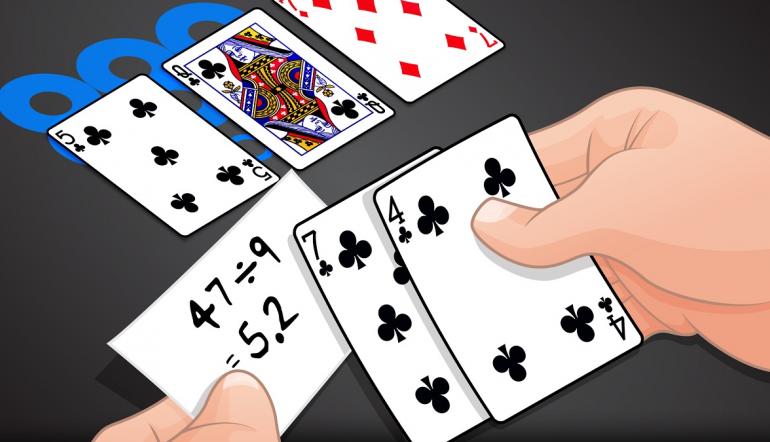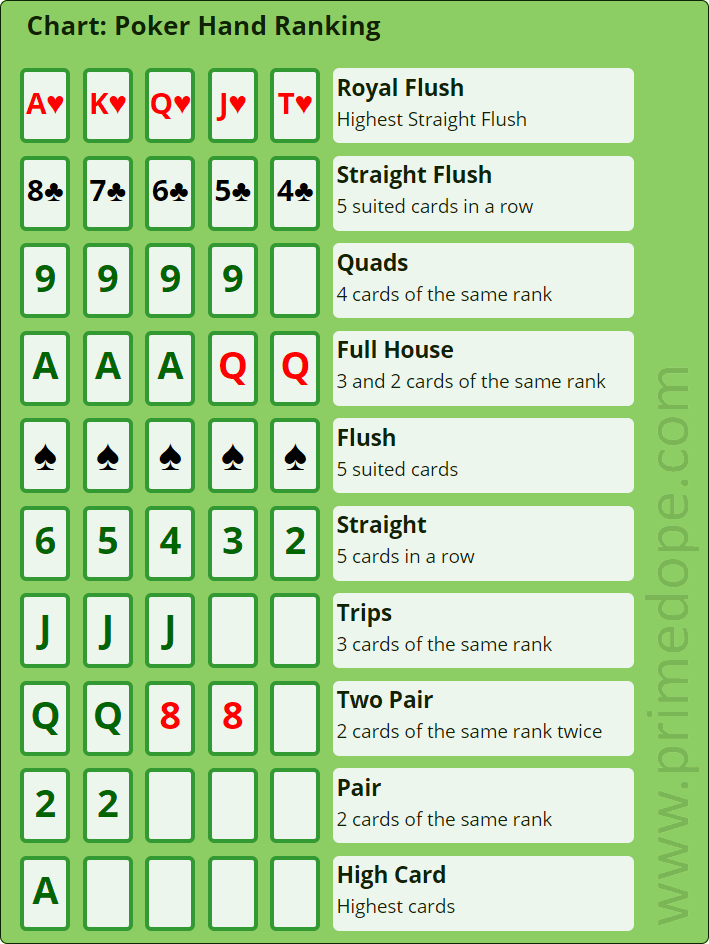Holdem Equity Calculator Range
Download the Poker equity calculator Hold'em Lab 2 Android to access features like: free poker equity calculator; accurate odds calculation; range filtering; hands history; and many more. For example, in Limit Hold'em your opponent bets $20 into an $80 pot and your call gives you pot odds of 5-1 (you're risking $20 to win $100). But, if you expect your opponent to call a bet or raise on the river if you make your hand, your implied odds are 6-1 or 7-1. A Simple Rule of Thumb for Hold'em and Omaha. Free Poker Equity Calculator Better than PokerStove and much more powerful! Easily weigh your hand ranges, configure pre-set hand ranges, or allow APD poker equity calculator to automatically generate hand ranges for you. 100% completely free forever. Connect to your Holdem Manager or Poker Tracker database and replay hands,.
Make range v range equity calculations fast and for FREE TRY THE CALCULATOR NOW The Cardquant Short Deck Calculator is the fastest way to study 6+ Hold'em and visualize your opponents' ranges.
In the past months, we wrote twice about Short Deck Hold'em (where and how to play it and the Winning Poker Network adding 6+ tables). For several reasons, the game again began to gain popularity both offline and online. It is popular among poker fans for the high level of action and now it can be played not only in low and medium stakes (Winning Poker Network and iPoker) but also in high stakes in the PokerKing Asia application.
Holdem Equity Calculator Range Calculator
There are no developed strategies for 6+ Hold'em yet. All the information available on the internet is limited to a few tips on the game (which we already quoted). For those who want to develop their own strategy for 6+ Hold'em, today we will present a software created specifically for that — CombCalc6Plus; this piece of software calculates our chances against the opponents.
What is CombCalc6Plus?
CombCalc6Plus functionalities include:
- Calculates the equity of a particular hand against a hand range of one or more opponents preflop or other streets;
- Calculating the odds of the hand range of one or more opponents in the flop with the output matrix.
- Creating your own hand range with any hand in percentage and save it as a separate file
The user can customize the software and the folder location. Detailed instructions on how to work with the program and create your own hand range can be found on the developer's website.
Its most important advantage is that you will be able to have a better understanding of the mathematics behind Short Deck Hold'em and its main differences with classical Hold'em, understanding the hand range of the opponents or yourself in different scenarios.
How much does CombCalc6Plus cost?
The calculator has a free two-week trial license with full functionality. After your trial expires you can get a yearly license for $50. Skrill and PayPal are accepted for payments.
The trial and license are requested on the software:
- Fill the form. In the affiliate line, enter the code WPD and get 1 month of trial version instead of the regular 2 weeks;
- After that, click on the RequestLicense button and save the file to your computer;
- Send it to the developer e-mail: [email protected];
- Wait for an updated file and copy it into the program folder.
You can download CombCalc6Plus and read the instructions using this link and buy a license here
EquityCalc6Plus
Holdem Equity Calculator Range Extender
For only preflop equity calculations, there is another calculator — EquityCalc6Plus. Its basic version is free. The Silver license costs $20 and gives the program full functionality. Full information can be found in this link.
You can apply the acquired knowledge with these programs in the following rooms:
PokerKing
| Deposit bonus | $500 |
| Rakeback | up to 90% |
| Deposit bonus | - |
| Rakeback | 60% |
Stay tuned on our Telegram channel for more EV+ news.
What is Equity?
Equity is best defined as the the share of the pot that you can expect to win in the long run, based on the strength of your hand versus that of your opponent, with cards still to come. If you get all in pre-flop with AA and your opponent holds KK and there’s $400 in the middle, a tool like Pokerstove will tell you that you’re an 82% shot to win the hand when the flop, turn and river are dealt. What that means is that you can expect to take $328 of the $400 in the long run, and so your equity in the pot is $328.
However, the community cards can quickly change your equity in a hand. If a K comes down on the flop, your equity quickly drops to less than 10%. When you get to the river, your equity is always 100% when you’re ahead, 0% when you’re behind and 50% if you have the same holding as your opponent.
Why Calculate Equity?
Calculating your equity in a hand is a key skill in poker. Its imperative that you know your chance of winning the hand at showdown as the action progresses and to be able to compare this to both the pot odds and implied odds on offer, so you can make good, positive expected value decisions on every street in the hand. Bad or inexperienced players will often make decisions based on ‘feel’, or what hand they think their opponent might have. They give little consideration to the fact that their opponents could be making a certain move with a wide range of hands, and they also ignore the pot odds being offered to them. Playing poker in this manner is a sure way to go broke quickly and equity calculations are something you must do if you want to be a winning player.

How to Calculate Equity
A simple, and very commonly encountered example of how to calculate equity would be when you have a flush draw on the flop and you think your opponent has top pair or an over-pair. Consider the following hand:
The game is $1/$2 6-max no limit holdem. Your opponent is a very straightforward player.
Stacks:
SB: $170
BB: $209
UTG: $425
HERO (MP): $200
CO: $200
BTN: $145
Preflop: Hero is MP with Js Ts
UTG raises to $6, Hero calls $6, 4 folds.
Flop: ($15) Ks 8s 3c (2 players)
UTG bets $15, Hero raises to $50, UTG goes all in ($144 to hero)
Pot size: $259
Imagine we know for certain that our opponent holds AK in this situation. We have to calculate our equity before we decide if the pot is laying us the correct price to make the call. Using an equity calculator such as PokerStove, we can deduce that versus AK we have 38% equity.
A quick way to make a rough calculation of your equity is to count the number of cards still in the deck which will give us the winning hand, in this case 9, and multiply it by 4 (or 2 if we are on the turn). Armed with this information about our equity we now decide if we are getting the right price to call. In this case we have to risk our remaining $144 to win $259 so we divide the bet we are facing by the total pot size including our bet [144/(144+259)] to deduce that we need just under 36% equity to make the call breakeven in the long run. As you can see, we have more equity than this so we should call.
Of course, in reality you’re never going to know exactly what your opponent’s holding is. The best you can hope for is to put him on a narrow range of hands and calculate your equity against that range. In the hand above for example, your opponent will be going all-in on the flop when you raise with more hands than just AK. His range for doing this also includes all of the possible sets: KK, 88 and 33 as well as the nut flush draw combinations in his under the gun range and AA.
It’s reasonable to assume that he raises suited aces down to about ATs under the gun if he is a straightforward player. We have the J and T however, so his only likely flush draw holding other than AK is AQ. Our equity versus this range of nut flush draws ,sets and AA is 33.5%. Earlier we said we need 36% equity to call and against this range we do not have the required equity and so should fold.
Clearly it’s difficult to make an exact equity calculation versus an opponent’s range at the table, but if you get into the habit of running such calculations when reviewing your play after a session, you’ll find that you can intuitively make a good estimate.